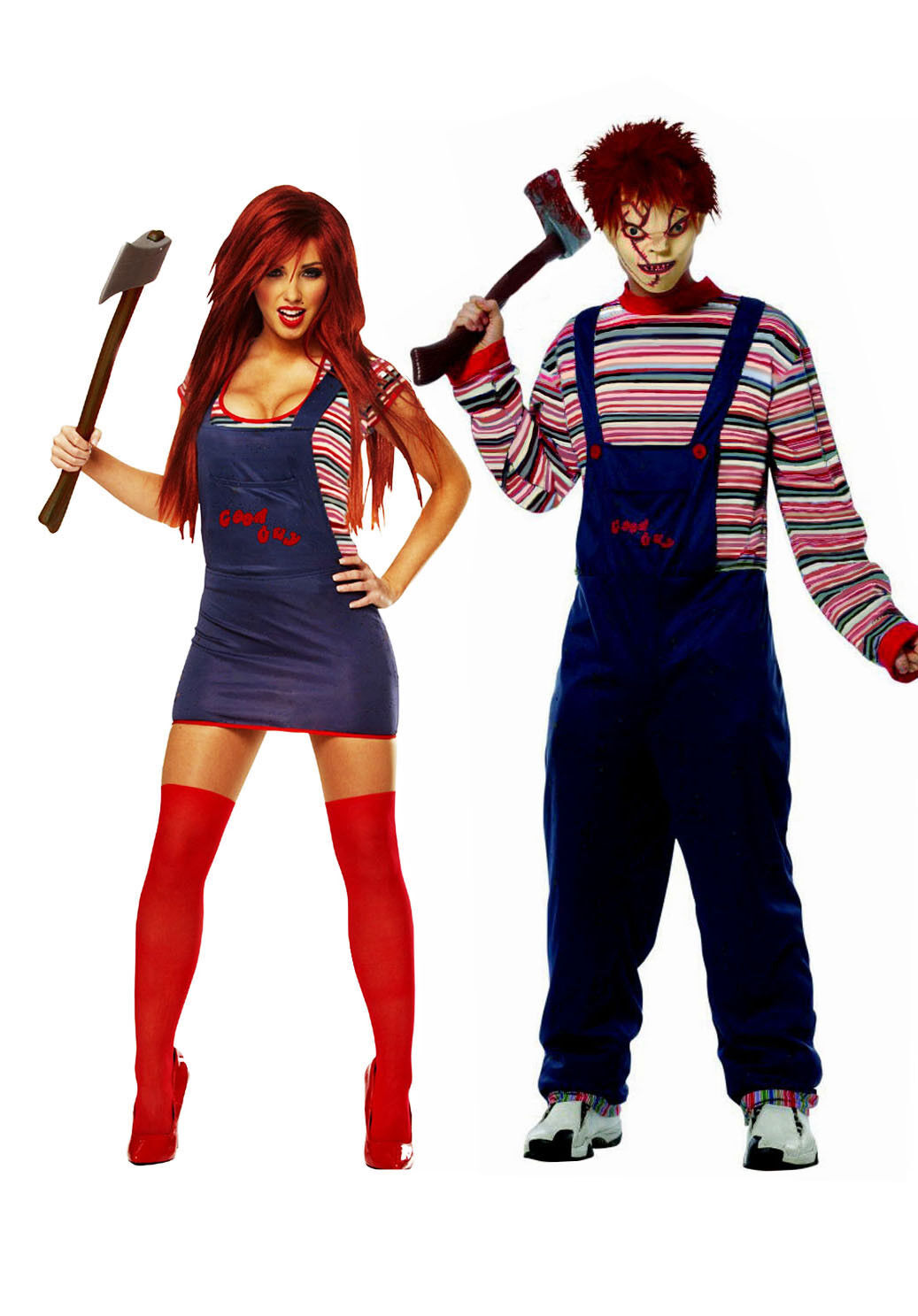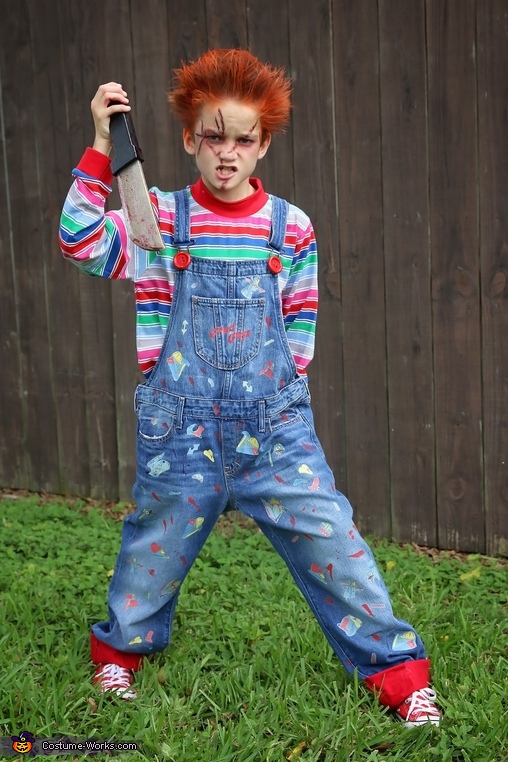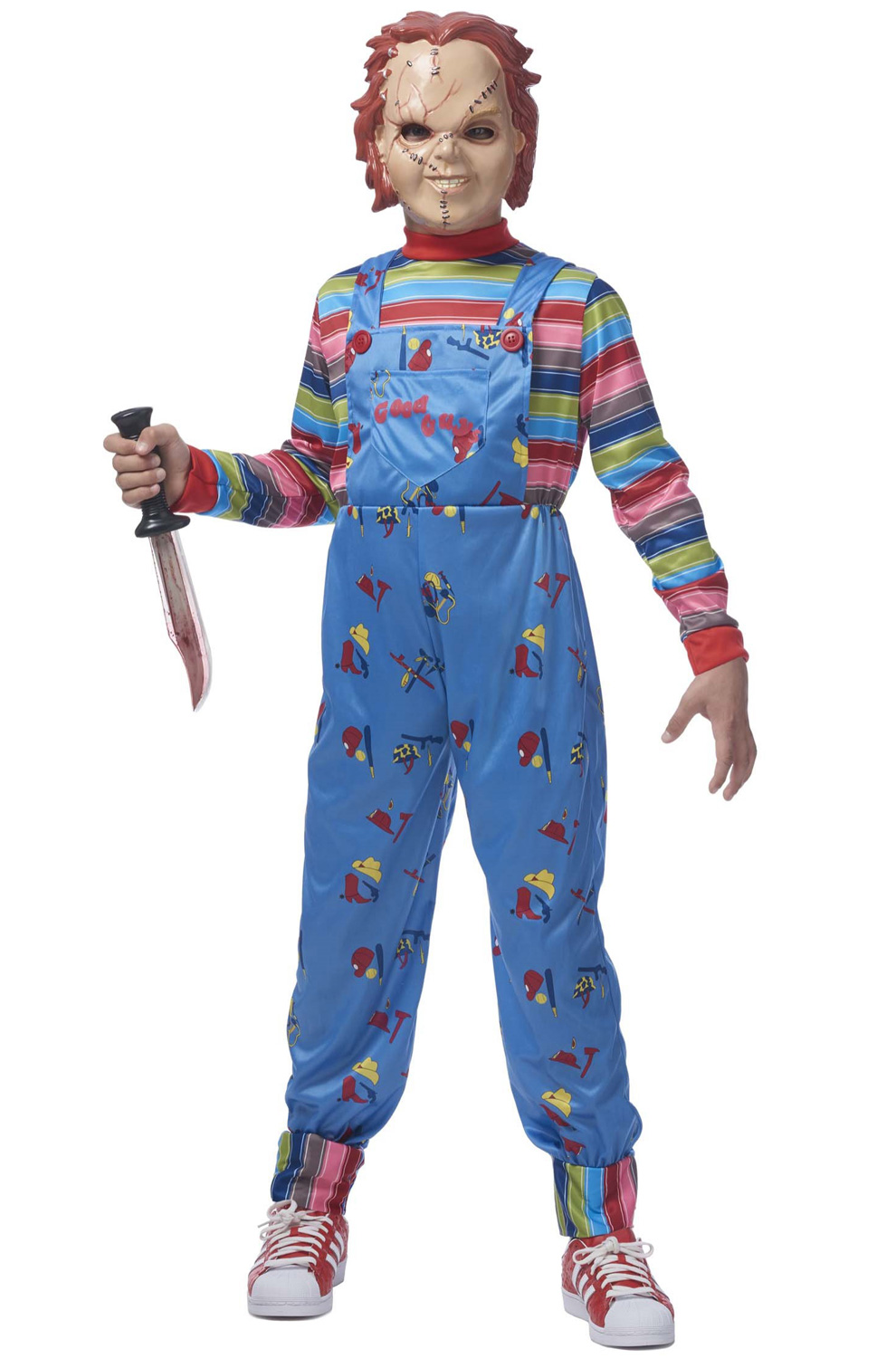Movie
The Chucky Costume From Horror Movie to Fashion Phenomenon
The Chucky costume has transcended its origins
The Chucky costume has transcended its origins as a symbol of horror to become a vibrant seat in the realm of fashion and popular culture. Over the years, this iconic outfit has not only graced Halloween parties but has also found its way into mainstream fashion shows and quirky street style. This article will explore various aspects of the Chucky costume, from its historical roots to its modern-day applications.
The History of the Chucky Costume

Understanding the journey of the Chucky costume requires delving deep into its film history and the societal reactions to it. This section will explore how the character came to life through cinema and the evolution of his image.
Origins in Cinema

The character of Chucky first appeared in the 1988 film Child’s Play. Created by Don Mancini, the concept of a child’s doll becoming a vessel for a notorious serial killer sparked both fear and fascination. The stark contrast between the innocent appearance of the Good Guy Doll and the sinister undertones inherent in Chucky’s personality led to widespread notoriety.
The costume mirrors this paradox; it features bright colors, childish patterns, and an overall aesthetic that could easily fool most into thinking it’s purely playful. However, it is precisely this misleadingly cheerful facade that has made it so impactful and lasting in cinema lore. Chucky quickly became a pop-culture icon, representing not just a figure of horror but also a social critique of childhood innocence corrupted by dark forces.
Evolution Through Movies

As sequels rolled out, each installment contributed layers to the character’s persona, almost allowing him to evolve alongside changing societal sentiments. From early definitions as merely a vengeful spirit to later portrayals depicting vulnerability and humor, Chucky embodied the complexities of horror tropes.
With every new release, the costume was slightly tweaked while still staying true to its foundational elements—overalls, striped shirt, and sneakers. The evolution garnered further interest from collectors and enthusiasts, ensuring that the Chucky costume maintained its relevance across generations.
Cultural Impact
By the time the franchise expanded into various forms of media like television and comic books, the Chucky costume had taken on a life of its own. Inspired designs began emerging—even in high fashion runways—which serve to challenge perceptions of beauty and horror fused together. Chucky was no longer restricted to nights of fright; he had infiltrated haute couture.
What makes this cultural crossover significant is how it allows people to play with the notion of fear in everyday contexts. Wearing the costume is less about embracing horror and more about owning it as part of one’s unique identity.
Modern Interpretations of the Chucky Costume

In the digital age, where memes and TikTok trends dominate our lives, the Chucky costume has found greater avenues to express creativity. People are not just wearing Chucky; they are reinterpreting what it means to embody this iconic character.
Avant-Garde Fashion Statements
Designers have started embracing the Chucky aesthetic, often mixing traditional elements with modern flair. For instance, high-fashion collections might integrate partial nods to Chucky through color schemes reminiscent of his outfit. This juxtaposition opens discussions around the boundaries of horror and style, forcing society to reconsider how we can embrace unconventional influences in conventional spaces.
The piece is often styled with various accessories or textures—in some cases, incorporating elements like spikes or faux fur. These alterations aim to create something entirely new yet deeply connected to the original character, transcending its horror roots while making strong statement pieces.
DIY Movements
The accessibility of information and resources online has fostered a DIY culture, leading many to recreate their interpretations of the iconic costume. Tutorials abound on how to achieve a homemade Chucky look, providing an avenue for fans to infuse personal stories or cultural reflections into their recreation.
This movement showcases creativity and individuality, demonstrating how a single image can evoke a myriad of responses and adaptations. Whether through stitching techniques or innovative makeup, individuals reclaim their narratives through the costume. Moving away from the stereotype of fear, wearers instead choose to empower themselves through the act of creation.
Social Media Influence
Social media platforms like Instagram, TikTok, and Pinterest have acted as catalysts for the reinterpretation of the Chucky costume. The viral nature of these platforms allows creative individuals to showcase their renditions, garnering attention and admiration that validate their expressions.
Challenging the typical narrative associated with Chucky, influencers often highlight the joy and playful nature of dressing up in costumes, drawing attention to the absurdity of traditional fears when placed in light-hearted contexts. As a result, the costume becomesa medium for self-expression rather than mere imitation of horror.
The Nuances of Gender in Chucky Costumes

One of the most fascinating discussions surrounding the Chucky costume is its gender implications. Traditionally rooted in masculine imagery due to the character’s origins, today’s interpretations challenge gender norms.
Gender Fluidity and Expression
The Chucky costume has shifted beyond being a simple children’s doll representing male aggression to becoming a versatile emblem representing gender fluidity. Many now opt for interpretations that transcend gender binaries in expressing their identities. Just as Walsh breaks down outdated conceptions of masculinity within his characterization, contemporary costumers similarly challenge restrictive norms through their takes on the outfit.
The use of makeup, wigs, and accessories allows anyone to embody Chucky—irrespective of gender. This inclusive viewpoint draws attention to how art (or costumes) can reflect societal shifts toward acceptance and equality, and how attire can be a canvas for broader conversations about identity.
Subverting Traditional Femininity
While Chucky is inherently male, numerous female variations of the costume employ elements typically associated with femininity—consider adding ruffled skirts or pastel colors inspired by Chucky’s characteristic palette. This subversion invites dialogue regarding which attributes or ideologies we support within horror mythology and how women often reclaim their agency through male-associated horror icons.
Portraying the Chucky costume from a feminine lens is intriguing and liberating. It highlights the duality present in portraying such an iconic horror character designed primarily for male audiences, thus breathing fresh air into discussions about female representation in horror.
Challenging Stereotypes
Through these varied interpretations, the Chucky costume challenges long-standing stereotypes linked to horror genres. By showcasing diverse portrayals in outfits and personalities, individuals contribute to dismantling barriers established by previous representations tied to gender roles.
Each interpretation enables wearers to immerse themselves deeper into the narrative woven around the character while simultaneously serving as a commentary on accepted cultural conditions. Chucky proves to be more than ever a platform for others to redefine identities—all while retaining the essence that made him iconic.
The Chucky costume, born out of horror, has beautifully evolved into a multifaceted fashion statement and a cultural touchstone. From exploring its origins in cinema to understanding modern reinterpretations and the nuances surrounding it in terms of gender, we witness this transformation that digs deep into identity, creativity, and societal values.
As wearers take the costume into their hands, they challenge norms and inspire discussions that bridge the gaps between fear and artistry. Chucky isn’t simply a monster lurking in nightmares anymore; rather, he has become a celebrated entity shimmering through the fabric of contemporary culture.
